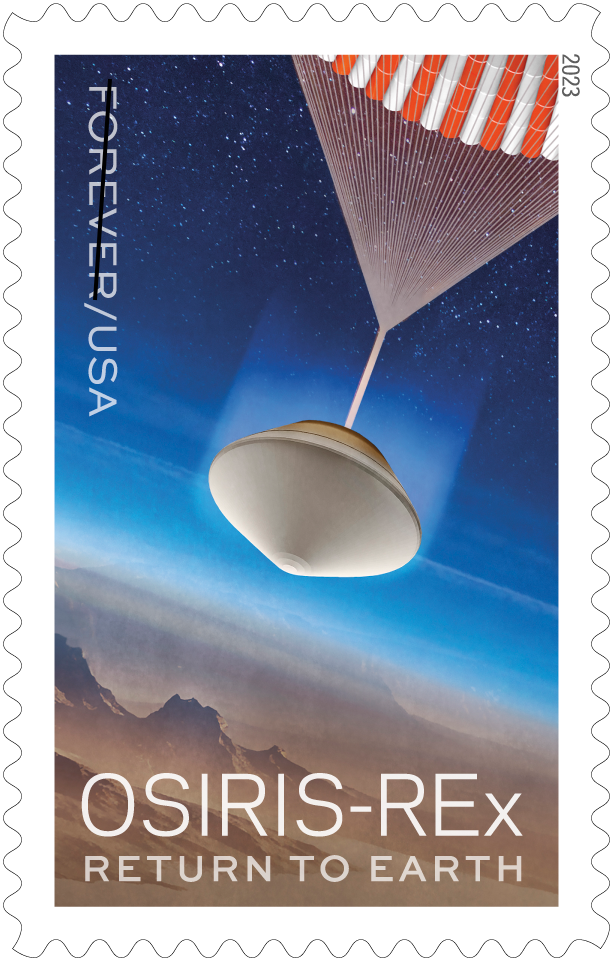We Will Rock You:
Queen Guitarist Brian May and the OSIRIS-REx Mission
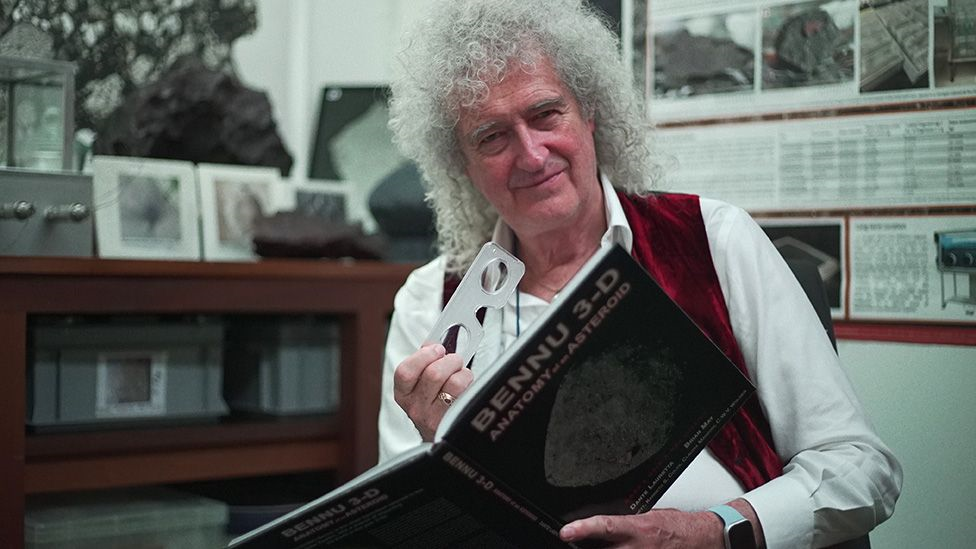
by Ken Rock, MSDC Editor
On Sunday, September 24, 2023, the OSIRIS-REx (Origins, Spectral Interpretation, Resource Identification, Security-Regolith Explorer) spacecraft came screaming into the Earth’s atmosphere at more than 15 times the speed of a rifle bullet. It released a capsule containing a precious cargo and, thanks to a heat shield and parachutes, the capsule slowed to make a gentle touchdown in the desert in western Utah where the OSIRIS-REx team was waiting to retrieve it.
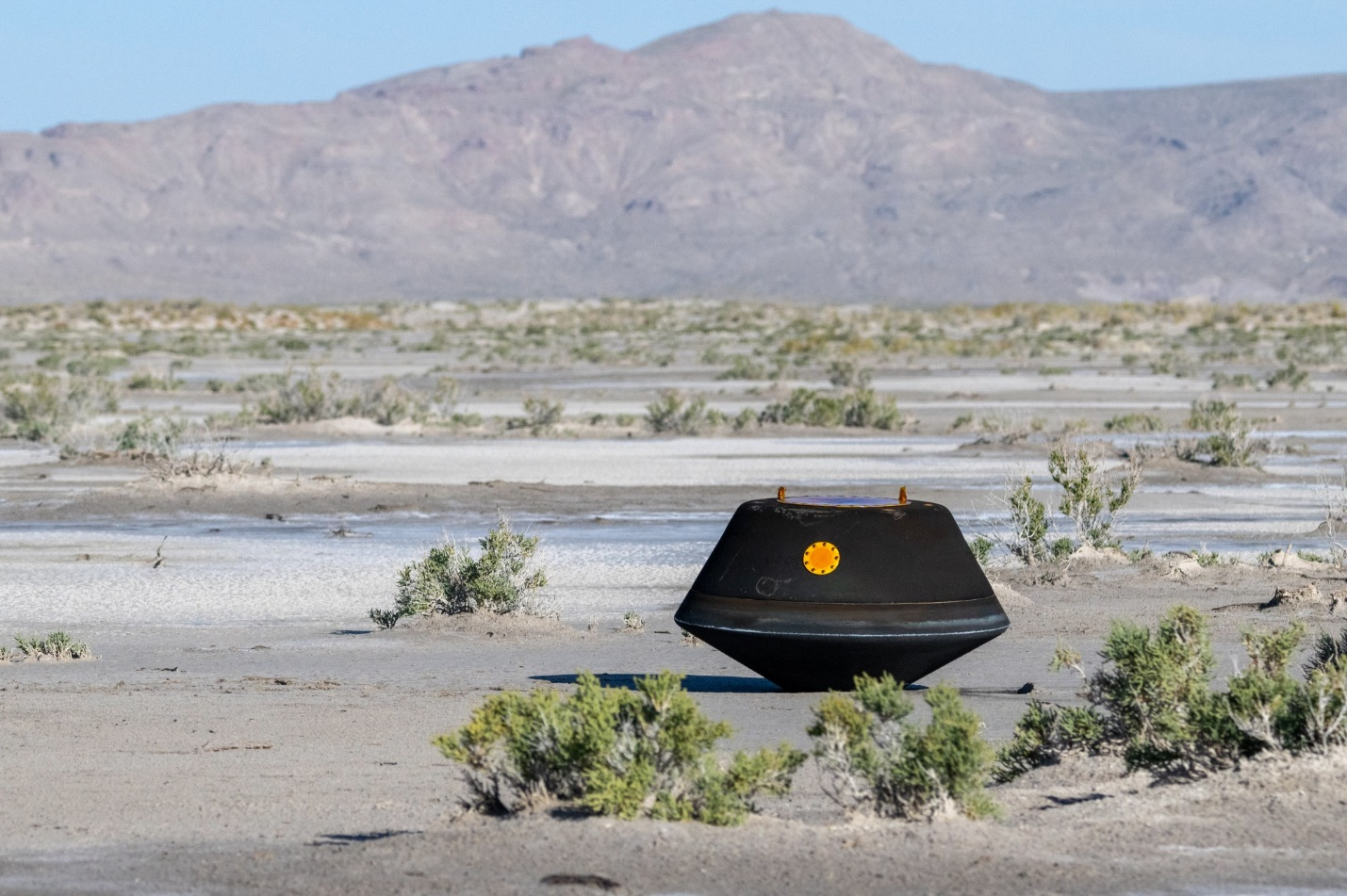
This was the first U.S. mission to collect a sample from an asteroid and the landing capped a 7-year mission to the asteroid Bennu. Scientists hope that the 9 ounces of pristine materials it dropped into the desert will offer clues as to whether asteroids colliding with Earth billions of years ago brought water and other key ingredients for life.
In a specially built clean room at NASA’s Johnson Space Center in Houston, the sample is being carefully curated before it is shared with researchers around the world – and saved for study by future generations. A short video showing how the sample was handled after its return to earth can be seen here.
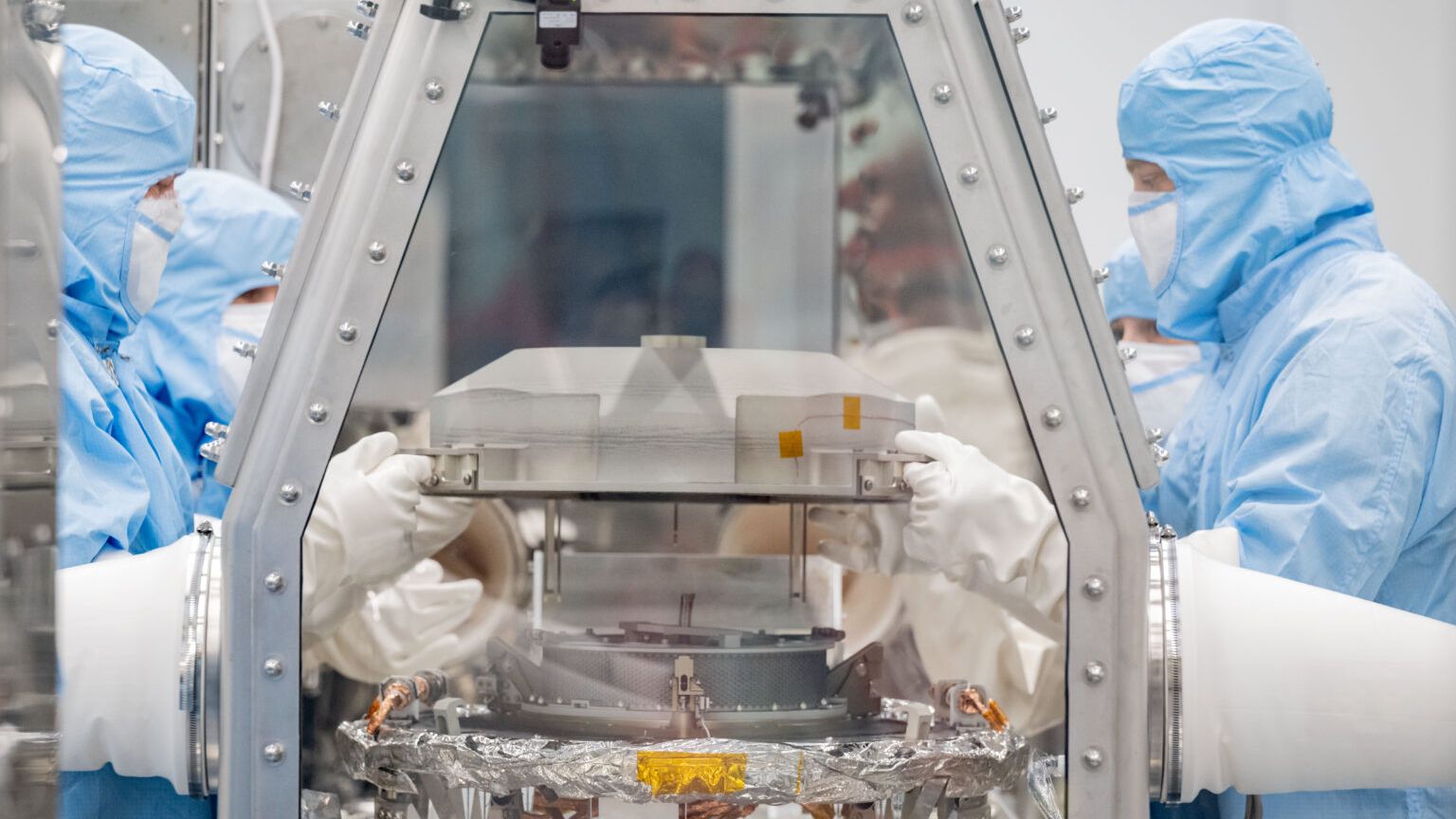
"When we get the 250g (9oz) of asteroid Bennu back on Earth, we'll be looking at material that existed before our planet, maybe even some grains that existed before our Solar System," says Professor Dante Lauretta, the principal investigator on the mission. "We're trying to piece together our beginnings. How did the Earth form and why is it a habitable world? Where did the oceans get their water; where did the air in our atmosphere come from; and most importantly, what is the source of the organic molecules that make up all life on Earth?"
How Was Bennu Chosen?
The goal of the OSIRIS-REx mission is to collect a sample from an asteroid and bring it back to Earth. But just how did the OSIRIS-REx team choose Bennu from the over 500,000 known asteroids in the Solar System? In short, the process used three main criteria: proximity to Earth, size, and composition. The details of this winnowing process are beyond the scope of this article, but are summarized in the pyramid below.
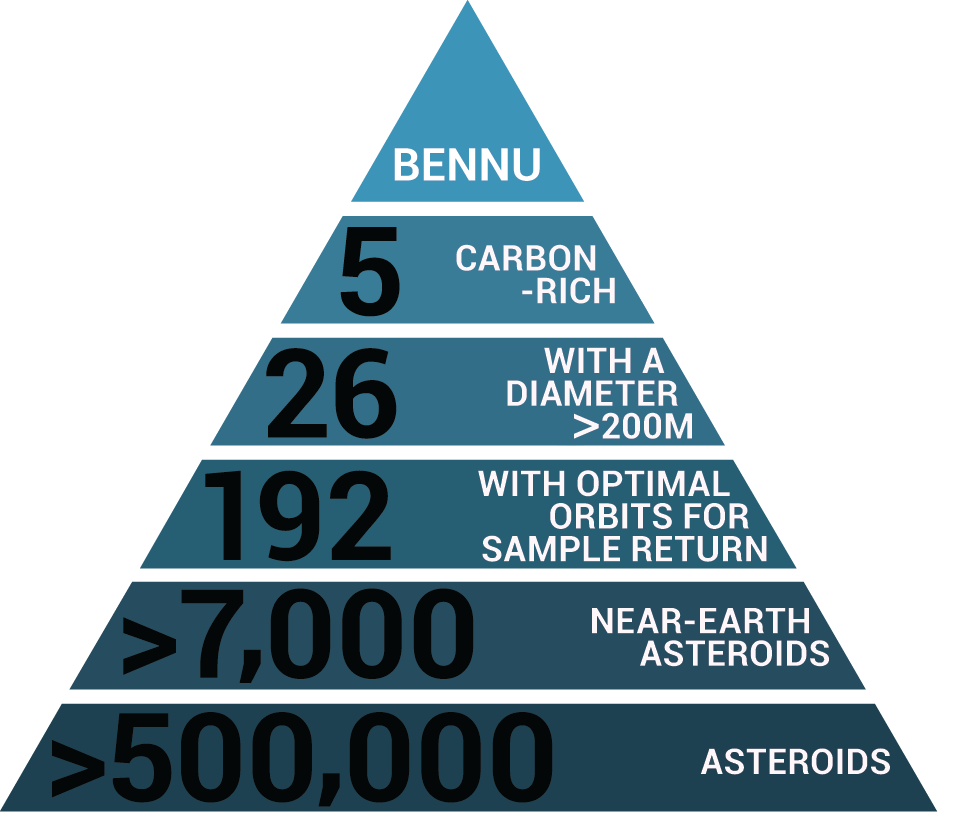
Bennu's orbit around the sun takes it very close to Earth every six years and these close encounters give the asteroid a high probability of impacting Earth in the late 22nd century. Bennu’s size, primitive composition, and potentially hazardous orbit made it one of the most fascinating and accessible near-Earth objects – and the ideal OSIRIS-REx target asteroid.
An Unexpected Sampling Challenge
The quest to collect fragments of Bennu began in 2016 when NASA launched the OSIRIS-REx probe towards the ~1,700-foot wide asteroid. It took two years to reach the body and a further two years of mapping before the mission team could confidently identify a location on the body's surface to scoop up a soil sample.
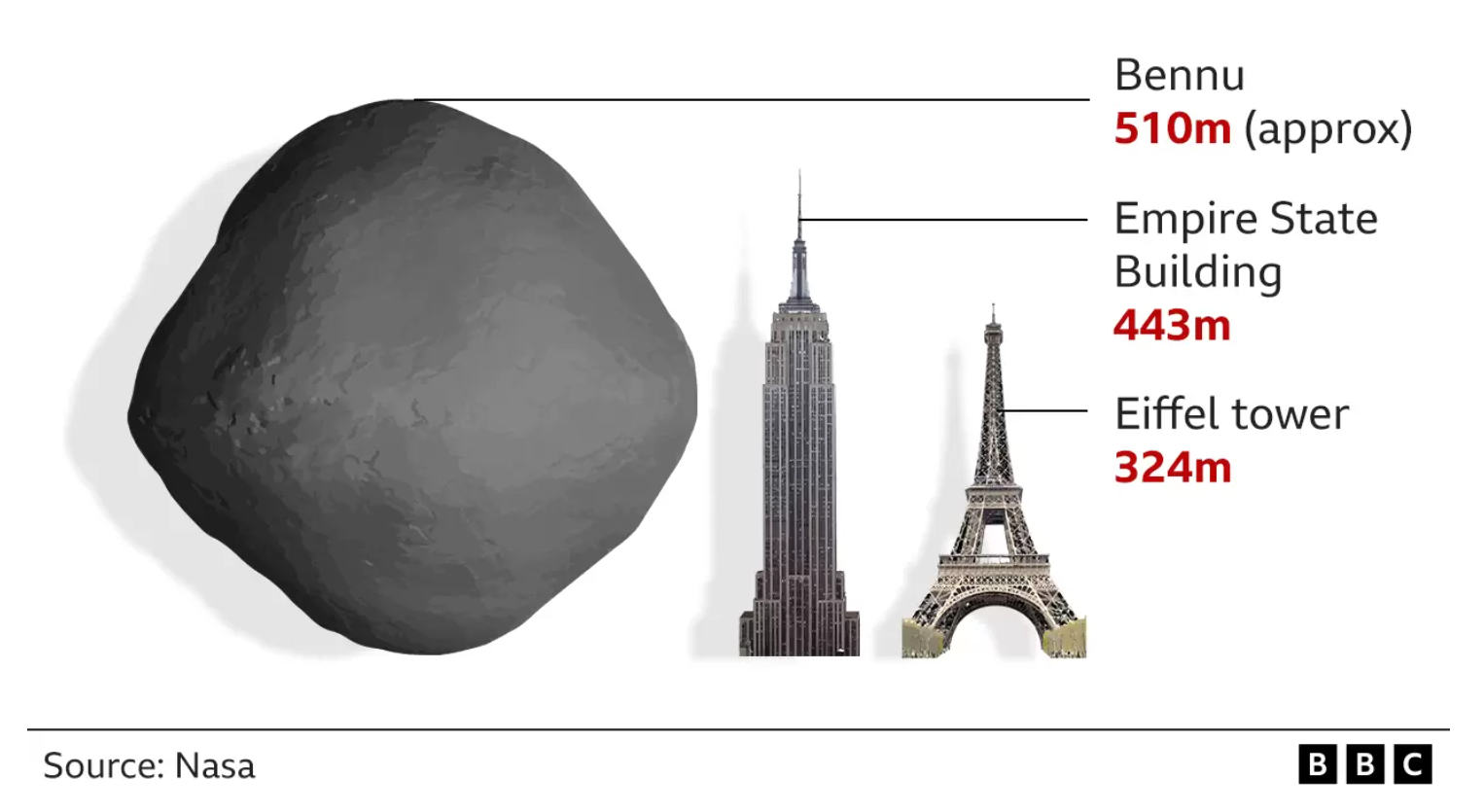
As data from OSIRIS-REx started pouring in, the scientists realized that Bennu's surface was not at all what they had expected and designed their mission for. Instead of mostly smooth, beach-like plains of sand occasionally strewn with smatterings of bigger rocks, they found a body covered in boulders that sometimes rose against the asteroid's barely existent gravity in formations tens of feet tall.
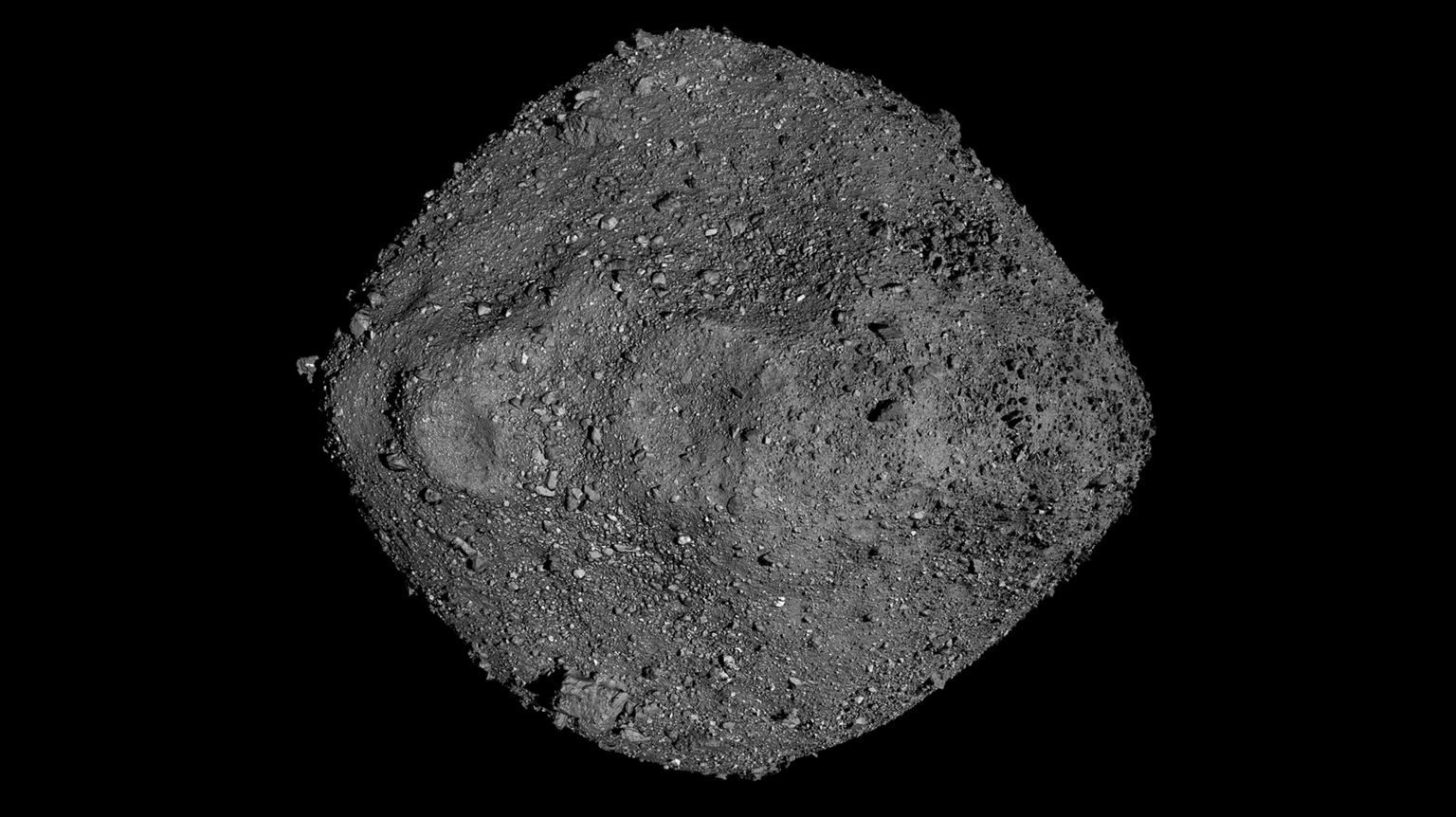
Enter Queen Guitarist Dr. Brian May
OSIRIS-REx wasn't fitted with a stereo camera and the two-dimensional images captured by the spacecraft's cameras did not provide an understanding of the three-dimensional challenge of choosing a location to land. However, in a decision that really rocked, NASA called in an expert in stereo imaging, Queen guitarist, Dr. Brian May.
Unbeknownst to the world, the British rock legend (voted the greatest guitarist of all time by readers of Total Guitar magazine earlier this year) and astrophysicist is an expert in stereoscopic imaging. This process uses stereoscopic cameras separated by a set distance to take images of the same object from slightly different angles. When these pairs of photographs are looked at through 3D glasses, the captured scenes emerge in three vivid dimensions, allowing viewers to perceive the depth and distance between the structures in the image. May and collaborator Claudia Manzoni did this for the shortlist of possible sample sites on Bennu and helped establish the safest places to approach for a landing.
"I always say you need art as well as science," Sir Brian told BBC News. "You need to feel the terrain to know if the spaceship is likely to fall over or if it will hit this 'rock of doom' that was right on the edge of the eventual chosen site, called Nightingale. If that had happened it would have been disastrous."
May, who holds a PhD in astronomy, had previously collaborated with the science teams on other space missions, joined the OSIRIS-REx team in January 2019, a few months after the probe reached its destination, after striking up a friendship with Lauretta over shared interests. But Lauretta, although a lifelong Queen fan, said he wasn't interested in having a free-loading celebrity on board just for publicity and expected the rock star to earn his keep.
May knew a way to get around the limitation of not having a stereo camera aboard OSIRIS-REx because he had previously produced 3D images of Comet 67P, the target of the Rosetta mission, and of Pluto as seen by the New Horizons spacecraft, by carefully selecting and aligning images taken by a single camera from different angles.
"I was amazed by the results that Brian and his collaborator Claudia Manzoni produced by processing our data in stereo images, allowing us to see Bennu's rugged and rough landscape in glorious 3-D," Lauretta wrote in the preface of the book containing the pairs of stereoscopic images prepared by May and Manzoni. "Seeing Bennu's surface in this way really brought home the intimidating reality of this asteroid. It was far beyond our initial spacecraft design capabilities. At first, it seemed like our task was impossible, that we were never going to find a suitable location to collect our sample."
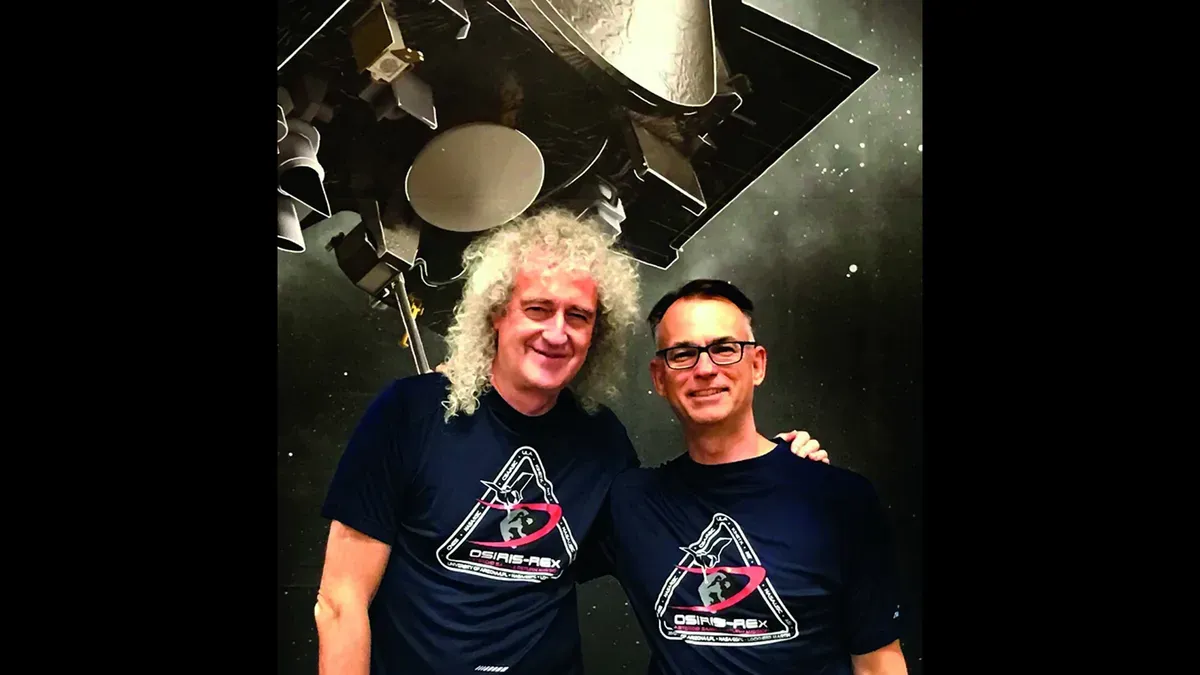
The Touch-and-Go Sample Collection Maneuver
The moment of sample capture, on 20 October 20, 2020, was captured with video cameras – and astonishing. Osiris-Rex lowered itself down to the asteroid - holding its grabbing mechanism on the end of a 10-foot boom. The idea was to slap the surface and, at the same time, give out a blast of nitrogen gas to kick up gravel and dust.
What happened next was something of a shock. When the mechanism made contact, the surface gave almost no resistance as the probe touched down, retreating with the smoothness of water. In fact, Lauretta admitted that OSIRIS-REx could have been lost during the sampling operation, swallowed up by Bennu like by a swamp. By the time the gas fired, the disc was 4 inches down. The nitrogen pressure blasted a crater 26 feet in diameter. Material flew in all directions, but crucially also into the collection chamber. See a video of the sample capture HERE.
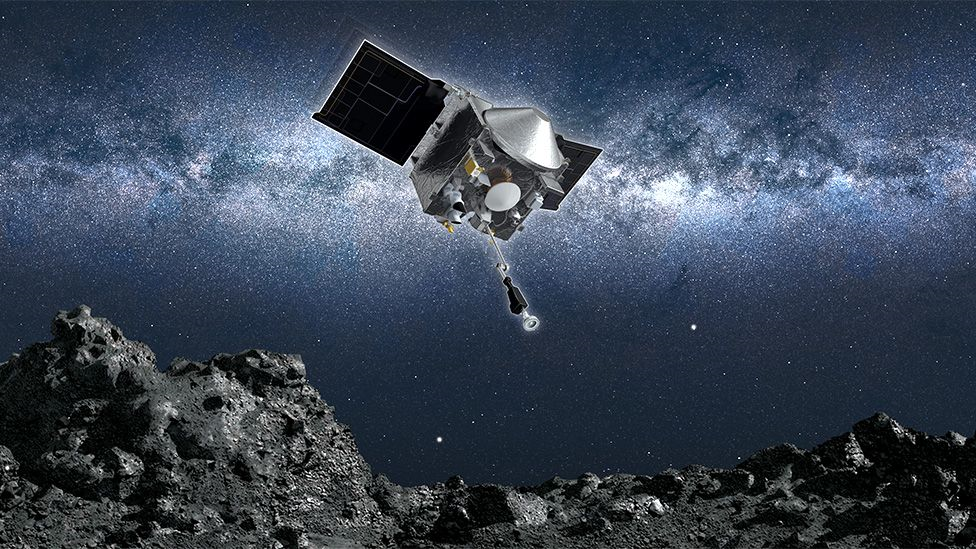
Bennu Background
Asteroid Bennu is a "rubble pile" - a loose collection of material left over from building the planets. Bennu probably contains a lot of water – as much as 10% by weight – bound up in its minerals. Scientists will be looking to see if the ratio of different types of hydrogen atoms in this water is similar to that in Earth's oceans. If, as some experts believe, the early Earth was so hot that it lost much of its water, then finding an H₂O match with Bennu would bolster the idea that later bombardment from asteroids was important in providing volume for our oceans.
Bennu probably also contains about 5-10% by weight of carbon. This is where a lot of the interest lies. As we know, life on our planet is based on organic chemistry. As with water, did complex molecules have to be delivered from space to kickstart biology on the young Earth? "One of the very first analyses to be done on the sample will include an inventory of all of the carbon-based molecules that it contains," says the NHM's Professor Sara Russell. "We know from looking at meteorites that asteroids are likely to contain a zoo of different organic molecules. But in meteorites, they're often very contaminated, and so this sample return gives us a chance to really find out what the pristine organic components of Bennu are."
Professor Lauretta adds: "We've actually never looked for the amino acids that are used in proteins in meteorites because of this contamination issue. So we think we're really going to advance our understanding of what we call the exogenous delivery hypothesis, the idea that these asteroids were the source of the building blocks of life."
A Continuing Mission
When it delivered the sample of asteroid Bennu to Earth, the OSIRIS-REx spacecraft had completed its primary mission. But the spacecraft, didn't land back on Earth and is continuing on to a new mission. With a new name – OSIRIS-APEX (OSIRIS-Apophis Explorer), the spacecraft will explore Apophis, an asteroid roughly 1,200 feet in diameter that will come within 20,000 miles of Earth in 2029. Below is a summary of key dates in the OSIRIS-REx mission.
· September 8, 2016: OSIRIS-REx launches
· December 3, 2018: Arrives at asteroid Bennu
· October 20, 2020: Collects a sample from Bennu
· April 7, 2021: Completes its last flyover of Bennu
· May 10, 2021: Begins its journey back to Earth
· September 24, 2023: Sample capsule delivered to Earth
· 2029: Spacecraft to enter orbit around asteroid Apophis
Final Note
A short discussion of NASA's initial findings from the Bennu materials may be found here. The OSIRIS-REx team will be analyzing the sample over the next two years, though the material will be studied for decades to come.
Sources:
1) BBC News, September 22. Osiris-Rex: Asteroid Bennu "is a journey back to our origins" by Jonathan Amos, BBC Science correspondent in Dugway, Utah.
2) NASA, OSIRIS-REx, https://science.nasa.gov/mission/osiris-rex/ and https://science.nasa.gov/mission/osiris-rex/in-depth/.
3) Space.com, July 31, 2023. Queen legend Brian May helped NASA ace its asteroid-sampling mission, new book reveals, by Tereza Pultarova. Click here for the latest mission updates from Space.com.
